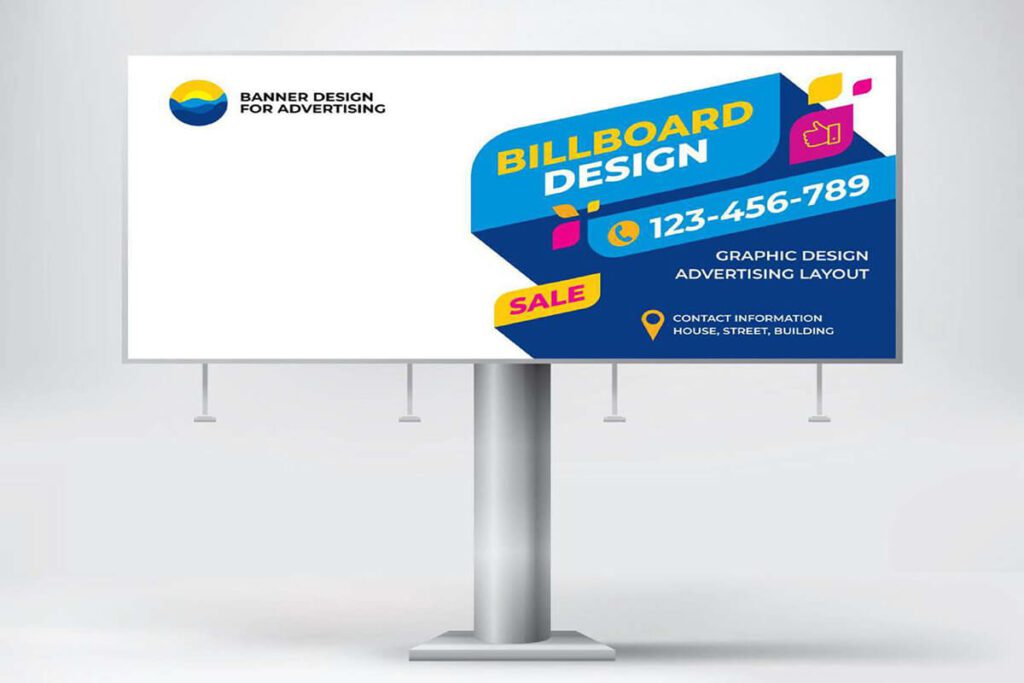In today’s digital age, where screens dominate our lives, it’s easy to overlook the profound impact that printing has had on human civilization. From Gutenberg’s revolutionary moveable type printing press to the sophisticated 3D printers of the 21st century, printing technology has continually evolved, leaving an indelible mark on society.
A Journey through Time
Printing has a rich history dating back centuries. Johannes Gutenberg’s invention of the moveable type printing press in the 15th century transformed the way information was disseminated, laying the foundation for the spread of knowledge and ideas during the Renaissance and beyond. The printed word became more accessible, fueling literacy rates and shaping cultural and intellectual movements.
Innovation Fuels Progress
Fast forward to the present day, and printing technology has evolved far beyond simple ink on paper. The advent of digital printing has revolutionized industries ranging from publishing to manufacturing. High-speed printers churn out newspapers, magazines, and books with remarkable efficiency, while 3D printers create everything from prosthetic limbs to intricate architectural models.
Empowering Creativity
Printing technology has empowered individuals and businesses to unleash their creativity in unprecedented ways. Artists can reproduce their work with stunning accuracy, while designers can rapidly prototype new products. With the rise of on-demand printing services, entrepreneurs can bring their ideas to market quickly and affordably, bypassing traditional barriers to entry.
Impact on Society
The impact of printing on society cannot be overstated. It has democratized information, making knowledge accessible to people around the world. From the dissemination of scientific discoveries to the spread of revolutionary ideas, printing has been a catalyst for social change. It has also played a vital role in preserving cultural heritage, allowing future generations to learn from the past.
Looking to the Future
As we look to the future, printing technology shows no signs of slowing down. Advances in materials science and robotics are expanding the possibilities of 3D printing, with potential applications in medicine, construction, and beyond. Meanwhile, digital printing continues to push the boundaries of what is possible, with innovations such as printable electronics and personalized manufacturing.
Conclusion
Printing is more than just ink on paper—it is a testament to human ingenuity and creativity. From Gutenberg’s press to the cutting-edge printers of today, printing technology has transformed the way we communicate, create, and interact with the world around us. As we continue to push the boundaries of what is possible, one thing is clear: the power of printing will continue to shape our lives for generations to come.


